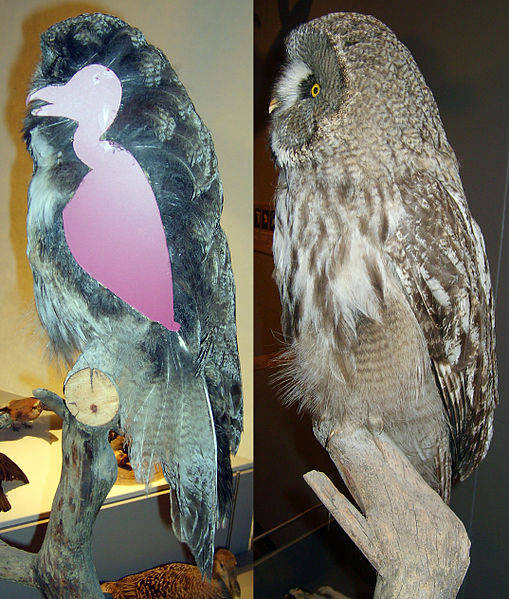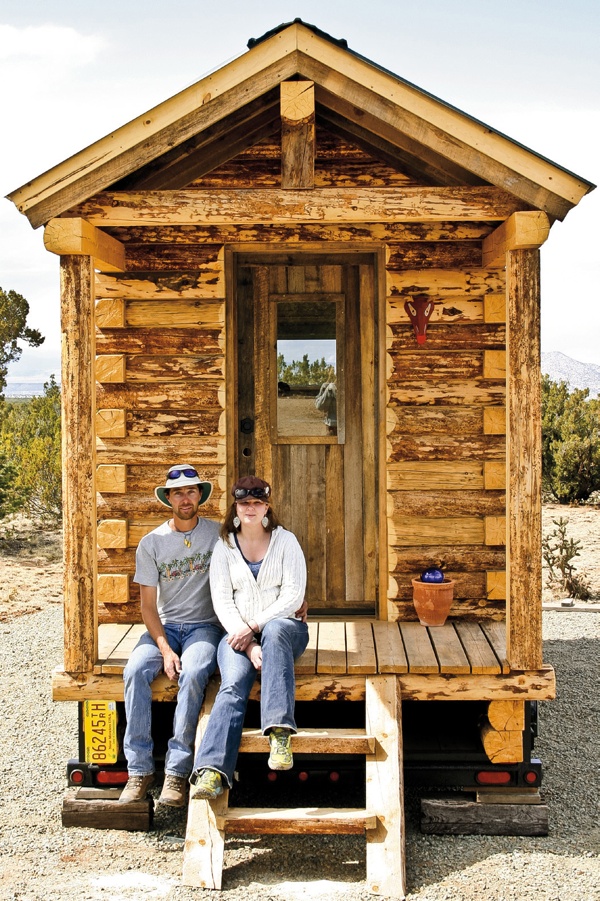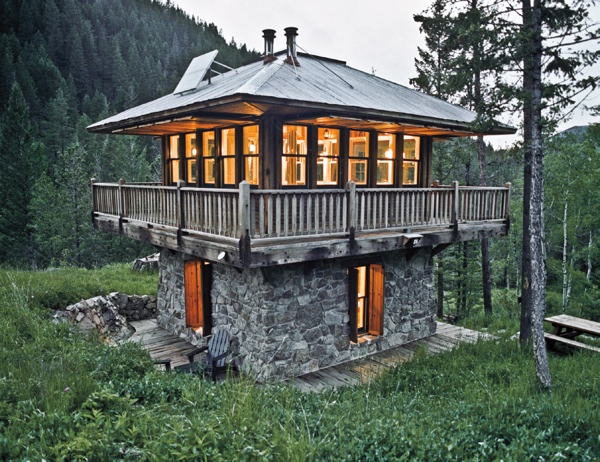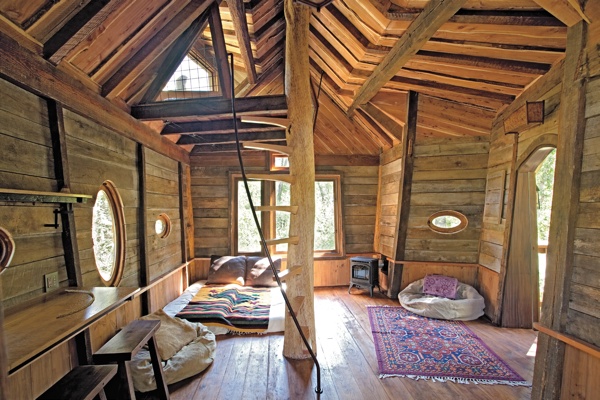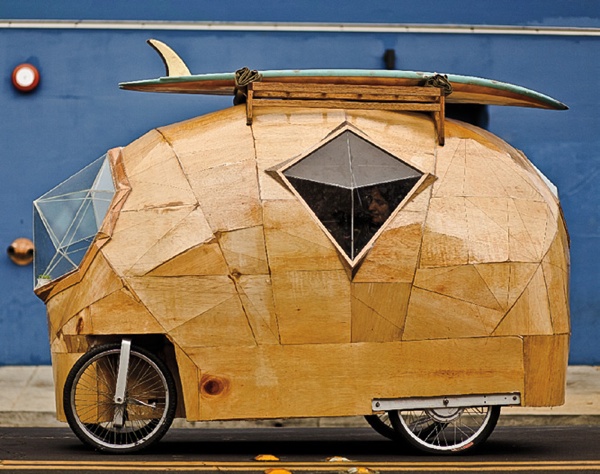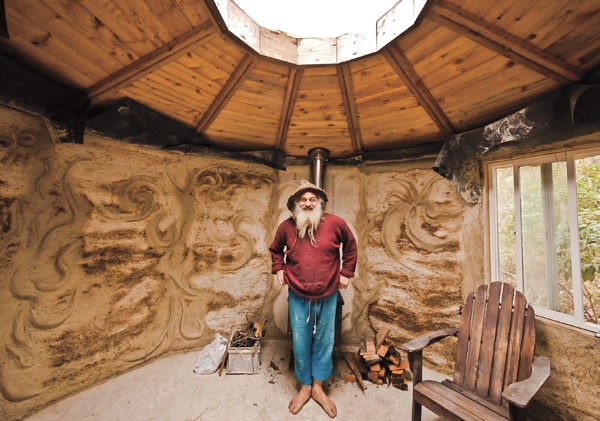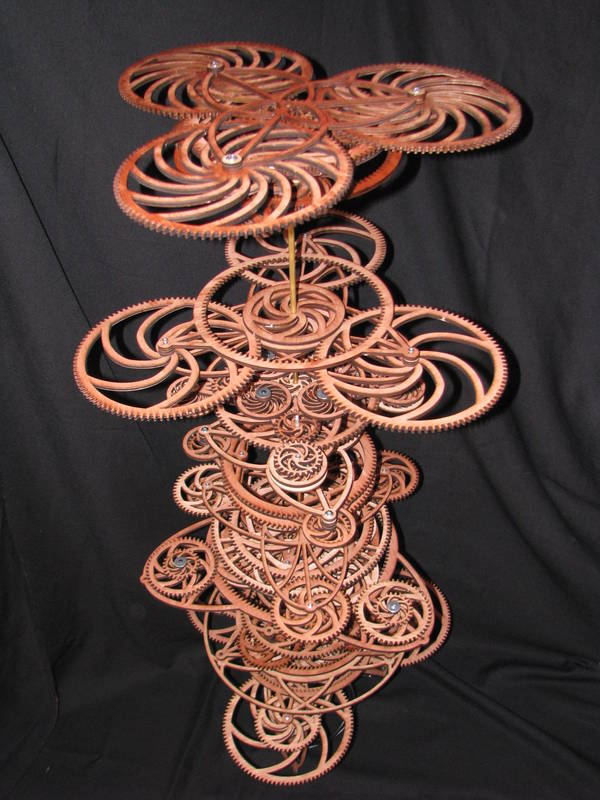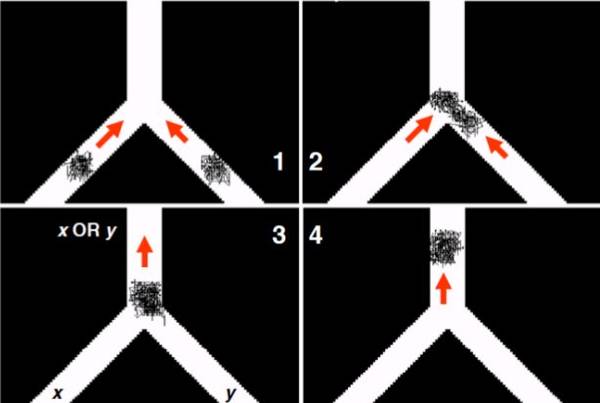TSA program to turn jumped-up mall cops into mind-readers didn't work:
Bruce Schneier commented this morning on the General Accounting Office's assessment of the TSA's "behavior detection" program, which is like the pick-up artist movement for creepy security agencies. Behavioral detection is a mishmash of pseudoscience, woo-y stuff like neurolinguistic programming, wishful thinking and witch-hunting that holds that you can train squadrons of jumped-up mall-cops to be mind-reading anti-terror ninjas who can look into your eyes and know whether you're a bad guy.
Bruce's post was so great that I just emailed him and said, "Hey, rather than trying to summarize what you wrote, can I just republish it?" And he graciously said yes. Here it is:
TSA Behavioral Detection Statistics
Interesting data from the U.S. Government Accounting Office:
But congressional auditors have questions about other efficiencies as well, like having 3,000 "behavior detection" officers assigned to question passengers. The officers sidetracked 50,000 passengers in 2010, resulting in the arrests of 300 passengers, the GAO found. None turned out to be terrorists.
Yet in the same year, behavior detection teams apparently let at least 16 individuals allegedly involved in six subsequent terror plots slip through eight different airports. GAO said the individuals moved through protected airports on at least 23 different occasions.
I don't believe the second paragraph. We haven't had six terror plots between 2010 and today. And even if we did, how would the auditors know? But I'm sure the first paragraph is correct: the behavioral detection program is 0% effective at preventing terrorism.
The rest of the article is pretty depressing. The TSA refuses to back down on any of its security theater measures. At the same time, its budget is being cut and more people are flying. The result: longer waiting times at security.



